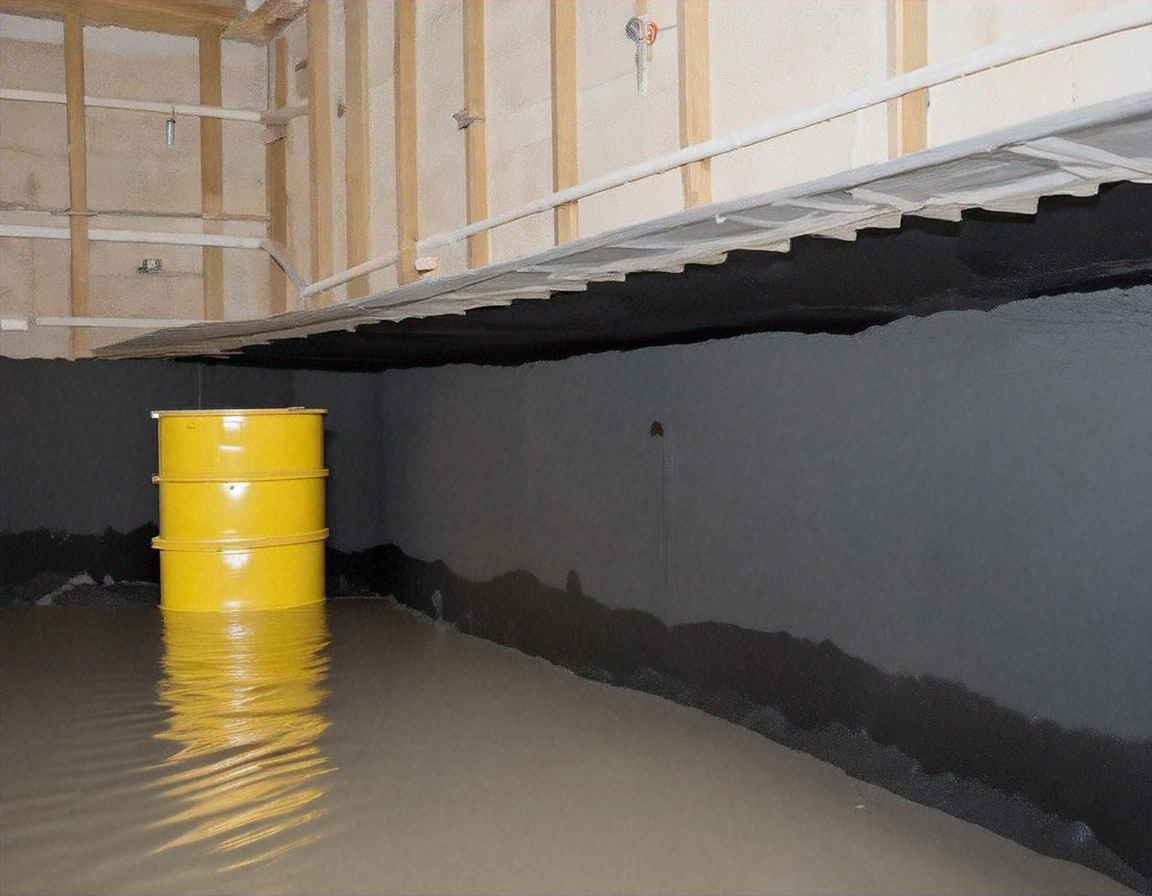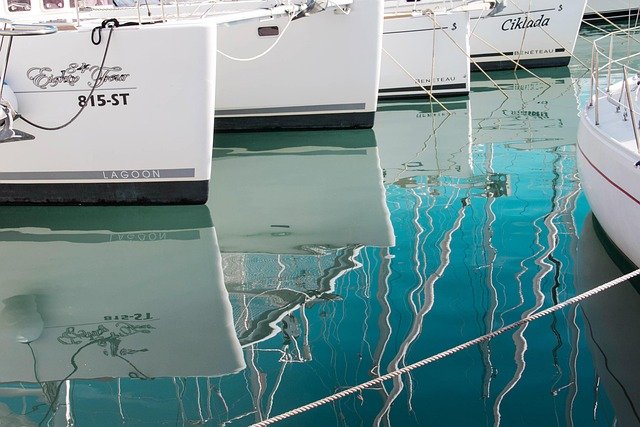Understanding Basement Waterproofing: Essential Methods to Protect Your Home from Water Damage
Basement waterproofing is essential for homeowners looking to protect their property from water damage. This process involves implementing strategies that prevent water from infiltrating the basement, ensuring a dry and safe environment. With various methods available, understanding the best practices for basement waterproofing can save you from costly repairs and health issues associated with dampness.

Basement waterproofing represents one of the most important protective measures homeowners can take to maintain their property’s long-term value and structural integrity. Water infiltration through foundation walls and floors can cause extensive damage, from cosmetic issues like peeling paint to serious structural problems that compromise the entire building. Beyond the visible damage, moisture in basements creates ideal conditions for mold and mildew growth, which can affect indoor air quality and potentially lead to health concerns. This comprehensive guide explores the essential methods and techniques for effective basement waterproofing, helping you understand how to keep your home dry and protected.
Why Basement Waterproofing Is Critical for Homeowners
Water damage in basements represents one of the most common and costly problems homeowners face. According to industry estimates, over 98% of basements will experience some form of water damage during their lifetime. The importance of basement waterproofing extends beyond simply keeping a space dry—it’s about protecting your home’s foundation, which supports the entire structure. Moisture in basements can deteriorate concrete, corrode metal supports, and rot wooden structures. Additionally, a properly waterproofed basement increases usable living space, improves energy efficiency by reducing humidity, and prevents the growth of harmful mold and mildew that can trigger allergies and respiratory issues. Proactive waterproofing is significantly less expensive than addressing water damage after it occurs, making it a wise investment for any homeowner.
Identifying Common Basement Water Problems
Before implementing waterproofing solutions, it’s essential to identify the source and type of water problems affecting your basement. Common issues include hydrostatic pressure forcing groundwater through foundation cracks, surface water entering due to poor drainage, condensation from humidity differences, or plumbing leaks within the home. Warning signs to watch for include visible water stains on walls or floors, efflorescence (white mineral deposits), musty odors, visible mold or mildew, warped paneling or drywall, and peeling paint. The pattern of water entry provides important clues—water at the base of walls often indicates poor exterior drainage, while water coming through wall cracks may suggest hydrostatic pressure issues. Proper diagnosis is crucial, as different water problems require different waterproofing approaches for effective resolution.
Effective Basement Waterproofing Methods
Modern basement waterproofing encompasses several proven techniques, each addressing different aspects of moisture control. Exterior waterproofing, considered the most comprehensive approach, involves excavating around the foundation to apply waterproof membranes or coatings directly to outside walls. This method prevents water from ever reaching the foundation. Interior waterproofing systems typically include installing drainage channels, sump pumps, and vapor barriers to manage water that has already entered the basement. Crack injection systems use polyurethane or epoxy materials to seal foundation cracks from the inside, providing targeted solutions for specific leakage points. French drains and other drainage systems help redirect water away from the foundation, reducing hydrostatic pressure. For comprehensive protection, many professionals recommend combining multiple methods—such as exterior waterproofing with proper grading and drainage—to create redundant systems that protect against various water intrusion scenarios.
DIY Basement Waterproofing Tips
While major waterproofing projects often require professional expertise, homeowners can implement several effective measures themselves. Starting with the exterior, ensure gutters and downspouts direct water at least 6-10 feet away from the foundation. Improving the grading around your home so that soil slopes away from the foundation can dramatically reduce water pressure against basement walls. Inside, applying waterproof paint or sealant to interior basement walls can help with minor seepage issues, though these solutions aren’t effective for significant water problems. Installing a dehumidifier helps control moisture levels and prevent condensation. Regularly inspecting and maintaining your sump pump system is crucial—test it quarterly and consider a battery backup for power outages. For small cracks less than ⅛-inch wide, hydraulic cement or polyurethane injection kits available at hardware stores can provide effective DIY repairs, though larger structural issues should always be addressed by professionals.
Professional vs. DIY Waterproofing: What to Consider
When deciding between professional and DIY waterproofing approaches, several factors should guide your decision. Professional waterproofing is recommended for serious water intrusion problems, structural foundation issues, or when exterior excavation is required. Professionals bring specialized equipment, materials not available to consumers, and expertise in diagnosing complex water problems. DIY methods are most appropriate for minor issues like small cracks, basic drainage improvements, or preventative maintenance. The scope of your project significantly impacts costs—interior waterproofing generally ranges from $2,000 to $7,000, while exterior waterproofing typically costs between $8,000 and $15,000 for an average home. When evaluating professionals, look for contractors with specific waterproofing experience, proper licensing and insurance, detailed written estimates, and strong warranties. Most quality waterproofing companies offer transferable warranties ranging from 10 years to lifetime coverage, which can add significant value when selling your home.
Basement Waterproofing Costs and Provider Comparison
Understanding the financial investment required for basement waterproofing helps homeowners budget appropriately for this essential home improvement. Costs vary significantly based on the waterproofing method, basement size, and severity of water issues.
| Waterproofing Method | Average Cost Range | Typical Provider Types | Warranty Length |
|---|---|---|---|
| Interior Drainage System | $3,000-$8,000 | Basement Specialists, Waterproofing Companies | 10-Life |
| Exterior Waterproofing | $8,000-$20,000 | Foundation Contractors, Waterproofing Companies | 10-25 Years |
| Crack Injections | $300-$800 per crack | General Contractors, DIY Kits | 5-10 Years |
| Sump Pump Installation | $1,000-$2,500 | Plumbers, Basement Specialists | 3-5 Years |
| French Drain System | $2,000-$6,000 | Landscapers, Drainage Specialists | 10-20 Years |
Prices, rates, or cost estimates mentioned in this article are based on the latest available information but may change over time. Independent research is advised before making financial decisions.
Long-Term Benefits of Proper Basement Waterproofing
Investing in quality basement waterproofing delivers substantial long-term benefits that extend beyond immediate moisture control. A properly waterproofed basement significantly increases your home’s resale value—real estate data indicates that homes with dry, waterproofed basements can command 10-15% higher prices than comparable properties with moisture issues. The health benefits are equally important, as eliminating basement moisture prevents mold growth that can trigger allergies, asthma, and other respiratory conditions. Energy efficiency improves as well, since dry basements require less heating and cooling than damp ones, potentially reducing energy bills by 10-15%. From a structural perspective, waterproofing prevents progressive damage to the foundation, saving homeowners from costly repairs that can reach tens of thousands of dollars if left unaddressed. Perhaps most valuable is the peace of mind that comes from knowing your home is protected against one of the most common and destructive household problems, regardless of weather conditions or seasonal changes.




